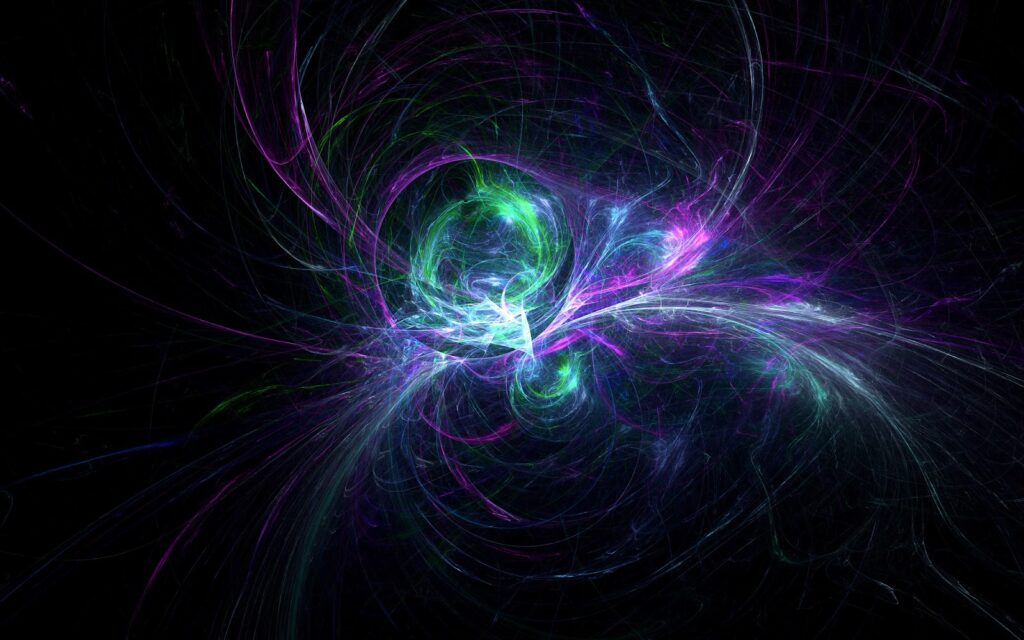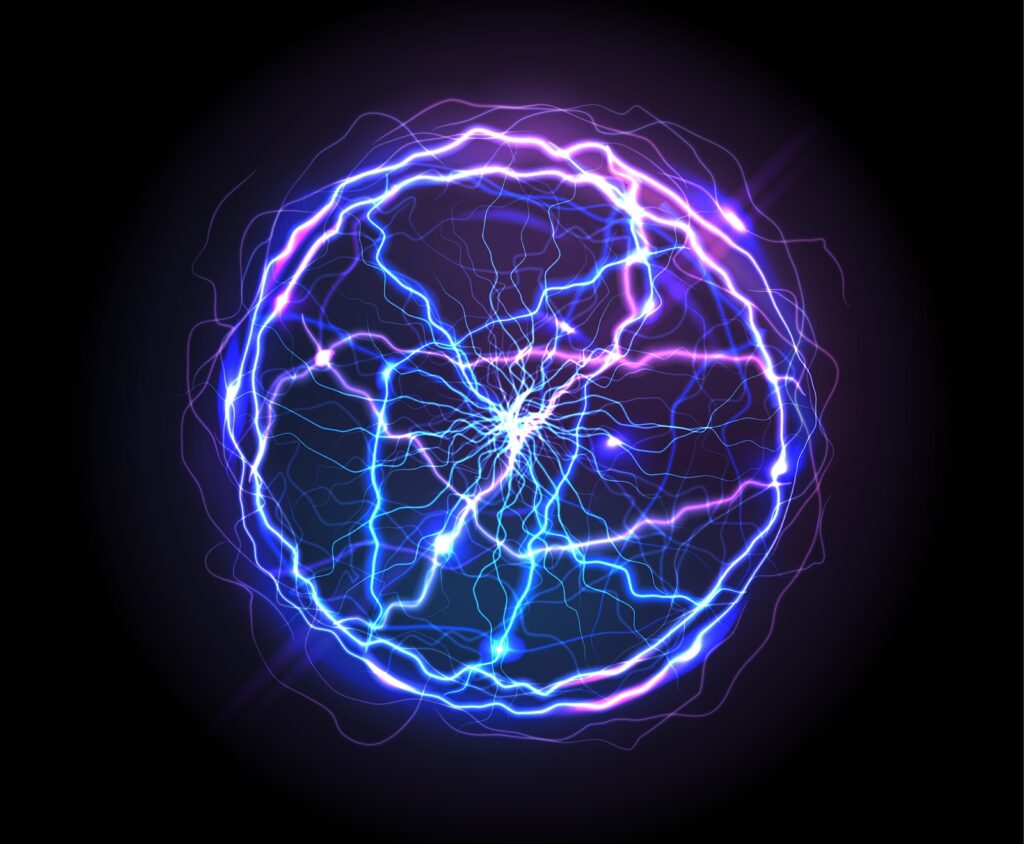
There is a technology called plasmonics that has attracted a lot of attention recently. This refers to technology using ‘plasmon’, but it is a moderately difficult field to study.
We will therefore explain the ‘plasmon’ in simple terms as an entry point to the study!
Together we will unravel the mystery of the plasmon, which has been used unknowingly since ancient times.
Contents
Plasmon is a quantized form of plasma oscillation

Plasmon refers to quantized plasma oscillations.
Plasma oscillations are the oscillations of the charged particles that make up the plasma, which is ‘a mixture of positive ions and electrons’.
If we compare a metal that conducts electricity well (with many electrons moving freely) to a pond and its electrons to water, the waves caused by a stone (light beam) thrown into the pond are plasmons.
There are three main types of plasmon.
- Bulk plasmon: excited in solids, not excited by light
- Surface plasmon: excited on the surface, can be excited by light and propagate through space
- Localized plasmon: excited in nanostructures, can be excited by light, localized in space
When plasmon is used, two main phenomena are noted.
The following sections will explain.
Two phenomena used in plasmon
The two main phenomena used when using plasmons are ‘surface plasmon resonance’ and ‘plasmon absorption’.
‘Surface Plasmon Resonance (SPR)’ is the interaction of electrons in metals with light.

Surface Plasmon Resonance is the interaction of light with electrons in metals.
Nano-level microparticles and structures such as periodic rows of needle-like projection tips can produce effects such as resonance between electrons and light, resulting in high optical output.
When surface plasmon resonance occurs, it is possible to detect substances rather than simply color them.
‘Plasmon absorption’ refers to the action of absorbing certain types of light.

Plasmon absorption is the action of ultra-fine metal particles absorbing light of a specific wavelength. By nature, light does not interact with electrons in metals
However, electrons and metal surfaces in nanoparticles can interact with light under certain conditions.
This is the surface plasmon resonance I mentioned earlier. The phenomenon of absorption of light at specific wavelengths by surface plasmon resonance is called ‘plasmon absorption’.
So how is plasmon used in society?
How plasmon is used in society

In fact, plasmon has been used since ancient times.
For example, the red color of stained glass found in medieval Europe.
For example, traditional Japanese faceting (glassware) in red.
In those practices, the gold nanoparticles show a bright red color due to localized surface plasmon resonance.
It has also been applied to the painting of vehicles.
Recently, they are being considered for use as ‘optical devices’ and a new research field called ‘nanophotonics’ is being established. Nanophotonics is explained in the following article.
Summary
In this issue, we have explained about plasmon.
The key points of this article are as follows.
- Plasmons are quantized plasma oscillations.
- Surface Plasmon Resonance (SPR)” and “Plasmon Absorption” are often used when plasmons are used.
- Plasmon has long been used in Japan and Europe.
- Plasmon-based technology is known as ‘plasmonics’.
If you have any problems with Plasmon research, we may be able to help you. Please feel free to contact us for further information.






